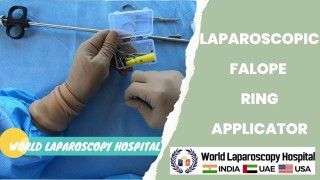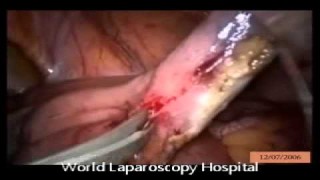Laparoscopic Cholecystectomy Mystery: Locating the Hidden Cystic Artery with Precision and Safety
Add to
Share
29 views
Report
4 days ago
Description
Laparoscopic cholecystectomy, the gold standard treatment for gallbladder diseases such as cholelithiasis and cholecystitis, demands more than just surgical skill—it requires anatomical mastery, precision, and unwavering focus. Among its most critical challenges lies the mystery of the hidden cystic artery—a small yet vital structure that can define the line between surgical success and complication. At World Laparoscopy Hospital (WLH), this challenge is transformed into a lesson in excellence through world-class training, advanced visualization, and meticulous surgical technique. The Hidden Challenge: Understanding the Cystic Artery The cystic artery, which supplies blood to the gallbladder, is notorious for its variable anatomy. While typically branching from the right hepatic artery, it can take unpredictable courses, hide behind the cystic duct, or even run close to the common bile duct—posing risks of bleeding or bile duct injury during dissection. These variations make its identification one of the most delicate steps in laparoscopic cholecystectomy. At WLH, surgeons are trained to approach this step not as a risk, but as a precise anatomical puzzle. The emphasis is on achieving the Critical View of Safety (CVS)—a technique pioneered to ensure that only the true cystic duct and cystic artery are divided. The WLH Approach: Precision through Education and Technology Under the guidance of Dr. R. K. Mishra, a global authority in minimally invasive surgery, the training at World Laparoscopy Hospital integrates the art of safe dissection with the science of modern imaging. Surgeons learn to use high-definition 4K laparoscopic systems, advanced 3D visualization, and ergonomic dissection instruments to trace and expose the cystic artery with millimeter accuracy. Hands-on simulation modules and live surgical demonstrations allow trainees to experience the real-time challenges of identifying vascular structures within the Calot’s triangle. They are taught how to differentiate between anomalous arteries, short cystic ducts, and accessory hepatic branches—ensuring each cut is deliberate, informed, and safe. Safety First: Preventing Complications through Skill and Strategy One of the most valuable lessons at WLH is that safety in laparoscopic surgery is not merely a protocol—it’s a practiced philosophy. Surgeons are trained to: Dissect only after achieving the Critical View of Safety Maintain the correct traction and counter-traction to expose the artery Use gentle electrocautery or blunt dissection near vital structures Confirm arterial pulsation before clipping or dividing Adapt to variations such as double cystic arteries or low-lying cystic branches These safety principles, when applied with consistency and precision, dramatically reduce the risks of bleeding, bile duct injury, or postoperative complications. Mastering the Mystery: The WLH Legacy At World Laparoscopy Hospital, the “mystery” of the cystic artery becomes a story of surgical confidence. Through structured training, advanced simulation, and expert mentorship, WLH transforms complex anatomy into clear, teachable knowledge. Surgeons leave with not only technical proficiency but also the wisdom to operate with calm precision, even in the most challenging scenarios. In the end, locating the hidden cystic artery is not just about finding a vessel—it’s about mastering the discipline, patience, and vision that define the very essence of laparoscopic surgery. And at World Laparoscopy Hospital, that mastery is taught, practiced, and perfected—one safe dissection at a time.
Similar Videos






